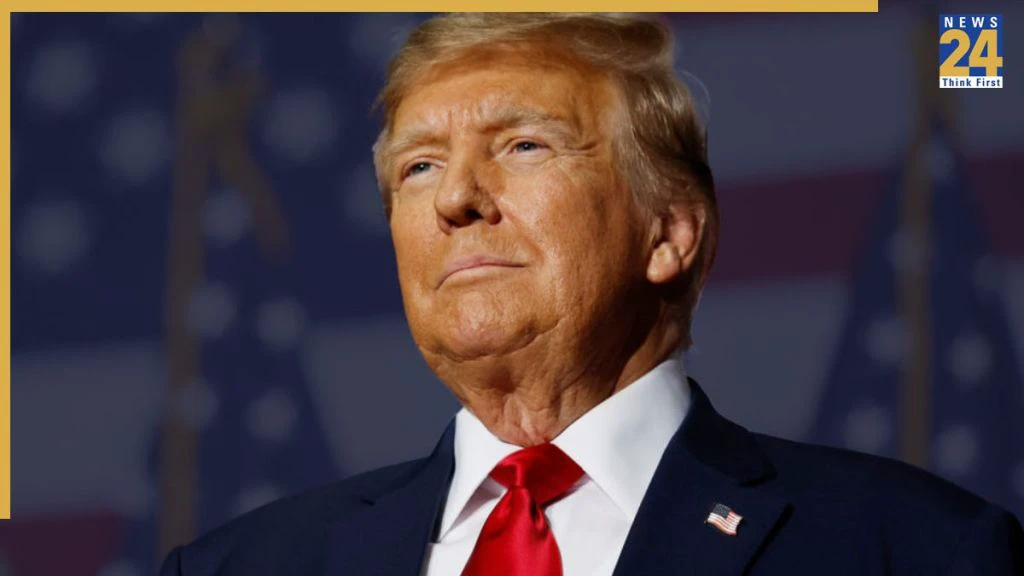Trump Tariffs kicked in, throwing a scare amongst the exporting community, but India as a country has not been overtly apprehensive but expressing confidence “we shall overcome” theme, going by the quiet preparations since the US President first issued his tariffs threat two months ago.
In the meanwhile India has been preparing for this eventuality with a two-pronged approach – exploring other markets that can make up for the potential losses in the US market due to indian goods losing competitiveness owing to higher tariffs, and also strengthening the domestic consumption led demand via rejigging the GST regime, so as to make the goods cheaper, both in domestic and foreign markets.
It is perhaps this was one of the reasons behind the Independence Day announcement of Prime Minister Narendra Modi on GST reforms, according to economist SP Sharma, formerly the PHDCCI Chief Economist and now heading an economic think tank.
Firstly the GST rationalisation would help even the exporters as well, by reducing their cost price and selling price in the international markets, but more importantly, the domestic manufacturers can hope to see an expansion in domestic demand. GST being a consumption tax, when it gets reduced, demand will go up, and this will help the industry here. And this would somewhat compensate the the losses in the American market for the exporters, he told News24, adding “India meanwhile has other markets to look at, where our exports are more or less of the same value that we export to the American market.”
Which means, that India will have to scale up its efforts to expand into newer markets, and this surely would help the country in the long run, Sharma said. At present India exports $ 86 billion to the US market, but at the same time, our exports to countries like Netherlands, Australia, UAE, South Africa, Saudi Arabia, Brazil, Mexico, Italy, totals more than our exports to the US, and they are growing at a decent pace, Sharma said.
FICCI President Harsha Vardhan Agarwal too felt that GST reforms will boost India’s growth and will enable the country show its resilience and strength amid global headwinds. Welcoming PM’s GST reform push, Agarwal said,”Indian economy continues to demonstrate resilience and strength amid global headwinds, underpinned by a large and vibrant consumer base, robust macroeconomic fundamentals, continued economic reforms and enterprising businesses. The proposed next generation GST reforms announced by Hon’ble Prime Minister will give a further boost to India’s growth.”
Already India is looking at newer markets like the UK and France, with trade deals under the works.
“It may be a question of short term pain, but long term gain for India,” if the country’s two-pronged approach to tackle the troubles emanating from the Trump tariffs is any indication, the former PHDCCI chief economist Sharma said. Because our exports to the other markets is growing more than 20 percent per annum as compared to the 15 percent growth in exports to the US.
Echoing similar sentiments, Ganapati Ramachandran, an IIT Madras Alumnus, IIT M Entrepreneurs Foundation member and an International trade expert said, “Punitive Trump tariffs are painful in the US market, but the world is big enough for Indian exporters.” But in cold numbers, exports Wirth $ 7 billion will be impacted, which amount to a mere 0.3 percent of the country’ GDP, Ramachandran said, which perhaps explains the relative calmness of the government, which appears to have prepared for this eventuality.
“USA will try to toy with India, but our demography and domestic consumption will prevent us from buckling down,” said a former bureaucrat who once had negotiated trade agreements with foreign countries.
Reduction of GST will spur demand locally, concurred Sharma, also they will also give better margins for the manufacturers here who can still be competitive paying higher tariffs, but in the longer run.
Much will also depend on the Shanghai Cooperation Organisation (SCO) summit meeting being attended by Vladimir Putin of Russia and Xi Jinping of China over the month end. Being held under the backdrop of the impact of the US tariffs on India, the issue could crop up during discussions between the leaders on the sidelines of the summit.
